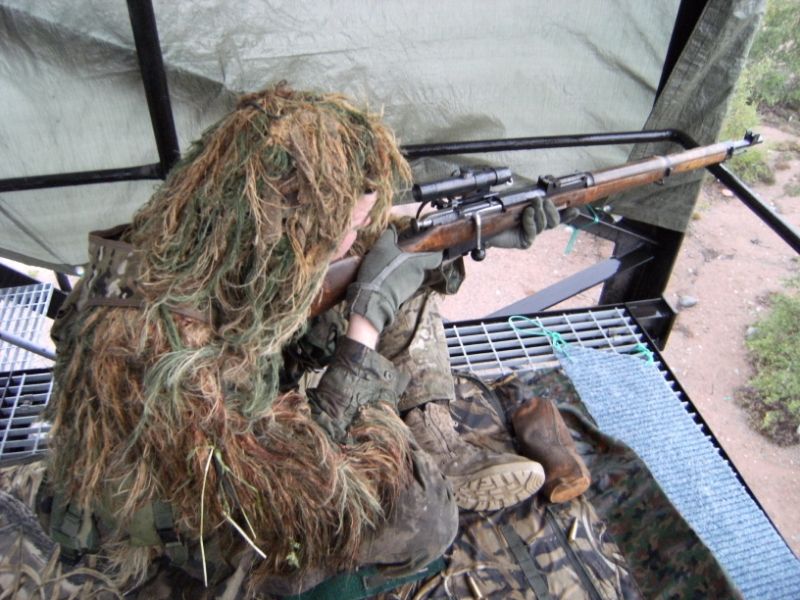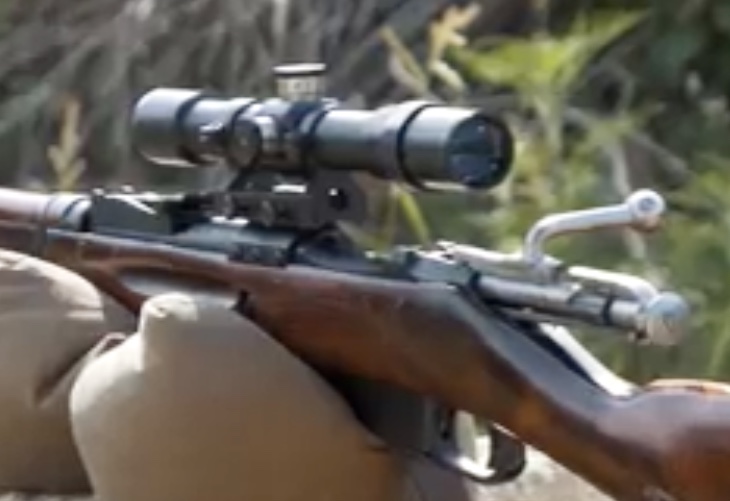They're no different than any other bolt gun. Depends on the many variables.
History says they worked just fine for their intended purpose.
The Finns took the Mosin-Nagant receivers to a different level. While some "captured" rifles were simply stamped and used, others were completely "new" with the exception of the receivers themselves, which they never produced.
The M39 is damn near legendary for it's accuracy.
And, lessee... what rifle/sniper accounts for the most confirmed kills in history? That would be Simo Hayha, with the M28/30.
Finn barrels, stocks/fitment, were head and shoulders above the Russians/Soviets.
Longest serving rifle in active duty- the Finns STILL use the TKIV 85 as a sniper and training rifle (though they are now intending to phase it out).
The TKIV 85 is highly modified (cool barrel bedding block system), and highly sought after $$ when they come on the market.
Nothing wrong with the receivers. Crude, but functional. I'll submit their floating bolthead-many decades above Savage- contributes to their accuracy "potential". That potential, won the Olympic Biathlon for the Russians in 1976 at Innsbruck, with a necked-down 6.5 x 54R.

I've built literally dozens of customs using the receivers (truing similar to any bolt gun receiver), all shooting better than 3/4 minute- and worked on hundreds of them. I've seen barrels horribly pitted, bore concentricity "out" by 15 thou and more- and I've seen refurbs put away after WWII that had pristine/new barrels and stocks. Some, will not hit the proverbial broad side of the barn. Others, will shoot better than some can drive them.
This one retained the original military barrel, which was in good condition:

This was a rebarrel:

History says they worked just fine for their intended purpose.
The Finns took the Mosin-Nagant receivers to a different level. While some "captured" rifles were simply stamped and used, others were completely "new" with the exception of the receivers themselves, which they never produced.
The M39 is damn near legendary for it's accuracy.
And, lessee... what rifle/sniper accounts for the most confirmed kills in history? That would be Simo Hayha, with the M28/30.
Finn barrels, stocks/fitment, were head and shoulders above the Russians/Soviets.
Longest serving rifle in active duty- the Finns STILL use the TKIV 85 as a sniper and training rifle (though they are now intending to phase it out).
The TKIV 85 is highly modified (cool barrel bedding block system), and highly sought after $$ when they come on the market.
Nothing wrong with the receivers. Crude, but functional. I'll submit their floating bolthead-many decades above Savage- contributes to their accuracy "potential". That potential, won the Olympic Biathlon for the Russians in 1976 at Innsbruck, with a necked-down 6.5 x 54R.
I've built literally dozens of customs using the receivers (truing similar to any bolt gun receiver), all shooting better than 3/4 minute- and worked on hundreds of them. I've seen barrels horribly pitted, bore concentricity "out" by 15 thou and more- and I've seen refurbs put away after WWII that had pristine/new barrels and stocks. Some, will not hit the proverbial broad side of the barn. Others, will shoot better than some can drive them.
This one retained the original military barrel, which was in good condition:

This was a rebarrel:

Last edited:








